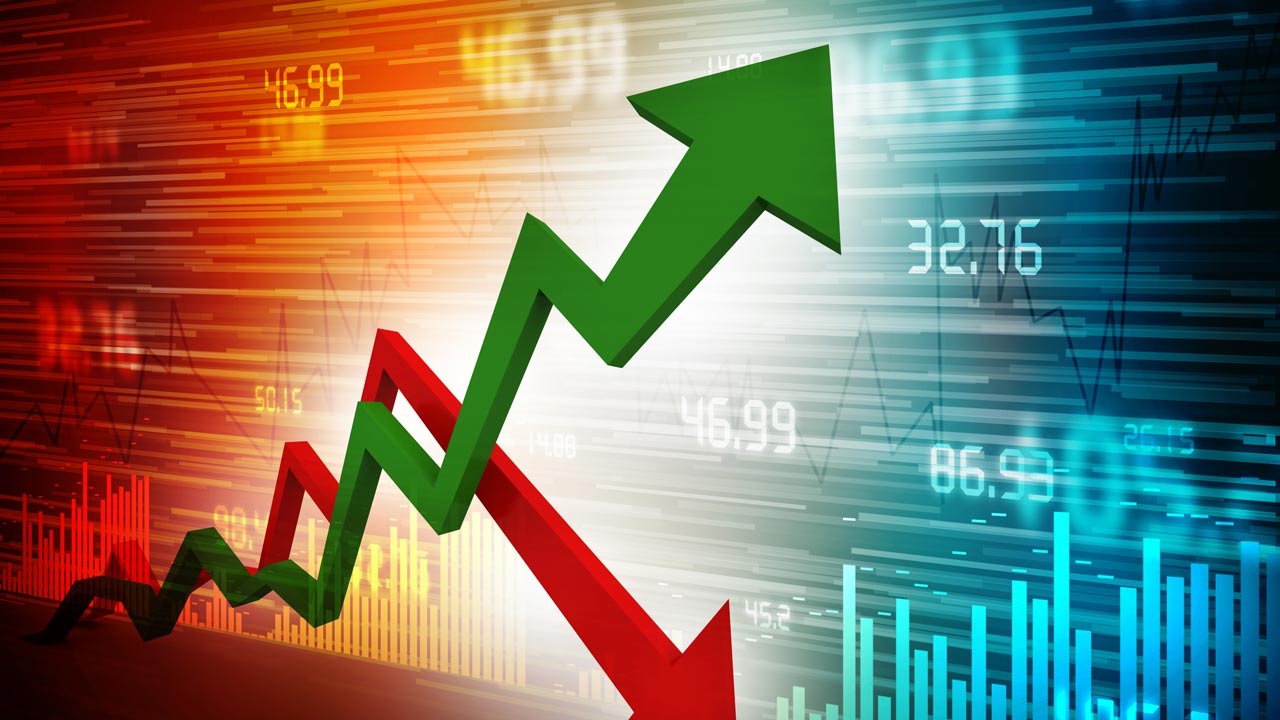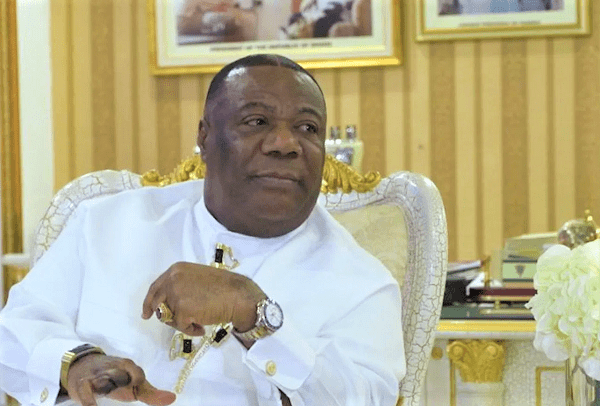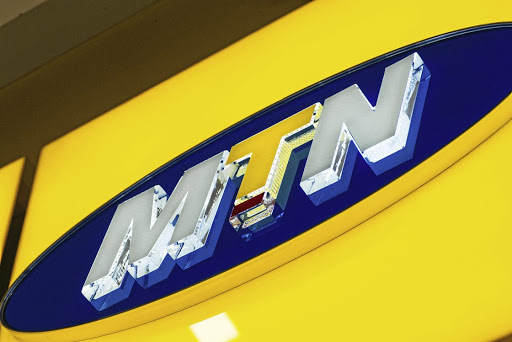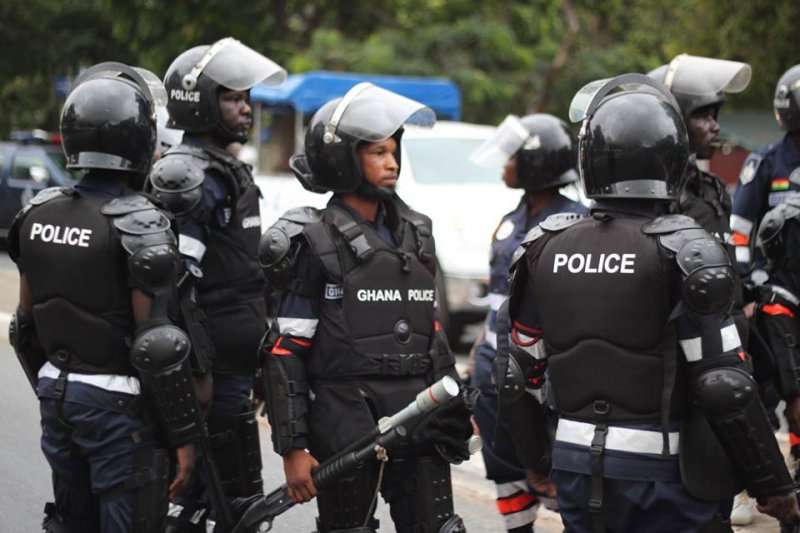Inflation Drops To Single Digit 9.6%
- Posted on
- Comment
Inflation has dropped to single digit as July recorded a rate of 9.6 percent down from the 10.0 percent figure recorded in June.
The rate of inflation for July 2018 is the percentage change in the Consumer Price Index (CPI) over a 12-month period, from July 2017 to July 2018.
The CPI measures the change over time in the general price level of goods and services that households acquire for the purpose of consumption, with reference to the price level in 2012, the base year, which has an index of 100.
The Ghana Statistical Service is attributing the drop to non-food inflation group which comprises transport, clothing and footwear, education among others. Inflation measures over time the general price level of goods and service.
The food and non-alcoholic beverages group recorded a year-on-year inflation rate of 7.4 percent. This is 0.1 percentage point higher than the rate recorded in June 2018. Six subgroups of the food and non-alcoholic beverages group recorded inflation rates higher than the group’s average rate of 7.4 percent
The non-food group recorded a year-on-year inflation rate of 10.7 percent in July 2018, compared to the 11.2 percent recorded for June 2018. Five subgroups recorded year-on-year inflation rates higher than the group’s average rate of 10.7 percent. Clothing and footwear recorded the highest inflation rate of 15.4 percent, followed by transport with 15.0 percent, recreation and culture with 13.4 percent, furnishings, household equipment and routine maintenance with 12.5 percent and miscellaneous goods and services with 12.0 percent. Inflation was lowest in the housing, water, electricity, gas and others fuels subgroup (3.0%).
At the regional level, the year-on-year inflation rate ranged from 7.8 percent in Upper East region to 11.5 percent in Upper West region. Five regions (Upper West, Brong Ahafo, Western, Ashanti and Northern) recorded inflation rates above the national average rate of 9.6 percent.











 (Selorm) |
(Selorm) |  (Nana Kwesi)
(Nana Kwesi)